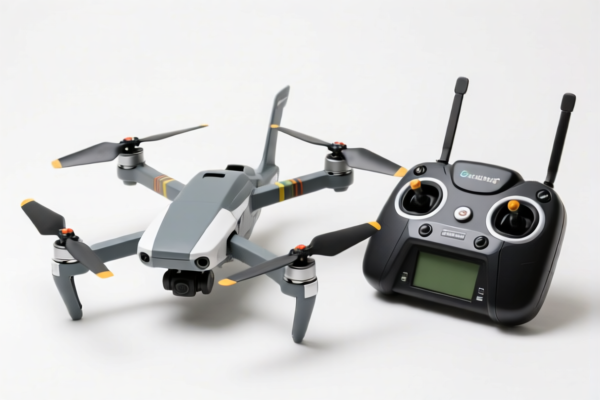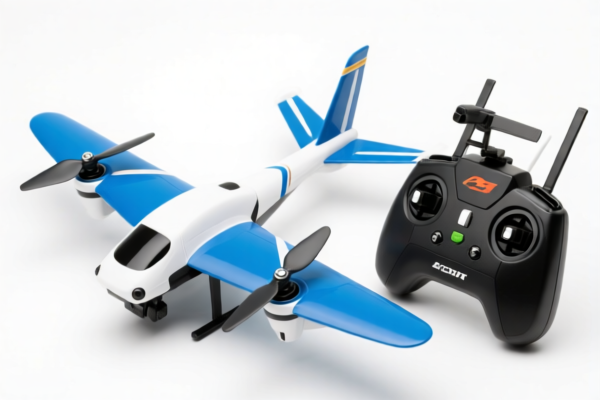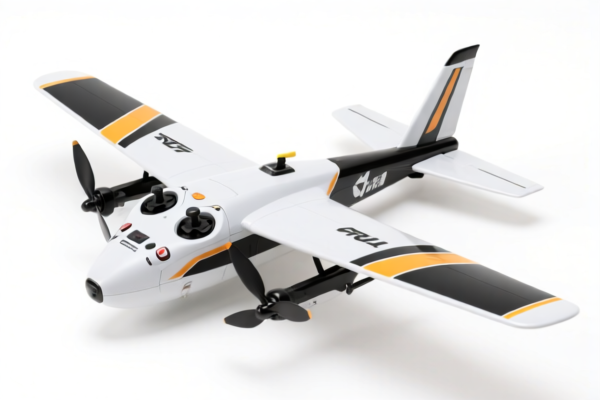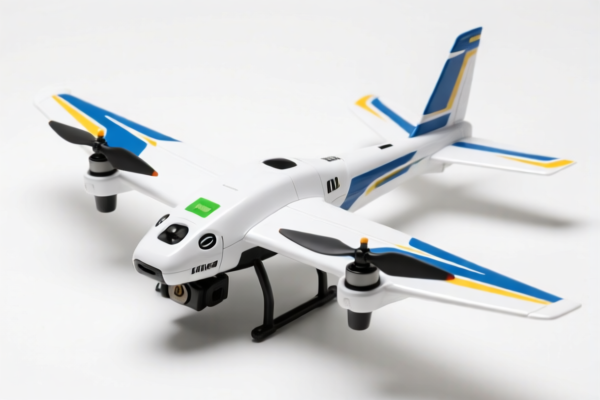| HS Code | Official Doc | Tariff Rate | Origin | Destination | Effective Date |
|---|---|---|---|---|---|
| 8806210000 | Doc | 55.0% | CN | US | 2025-05-12 |
| 8806220000 | Doc | 55.0% | CN | US | 2025-05-12 |
| 8802110115 | Doc | 55.0% | CN | US | 2025-05-12 |
| 8802110130 | Doc | 55.0% | CN | US | 2025-05-12 |
| 9503000090 | Doc | 30.0% | CN | US | 2025-05-12 |
| 9503000071 | Doc | 30.0% | CN | US | 2025-05-12 |
| 9506400000 | Doc | 35.1% | CN | US | 2025-05-12 |
| 9506996080 | Doc | 66.5% | CN | US | 2025-05-12 |




Remote Control Helicopter
A remote control (RC) helicopter, also known as a radiocontrolled helicopter, is a model aircraft that is controlled remotely by a pilot using a transmitter. These devices range in size from small indoor models to large, highly complex outdoor machines capable of sophisticated aerobatic maneuvers.
Materials
RC helicopters are constructed from a variety of materials, chosen for strength, weight, and durability. Common materials include:
- Plastic: Often used for the main body and less-stressed components in smaller, less expensive models. ABS plastic is a frequent choice.
- Carbon Fiber: Provides a high strength-to-weight ratio, used extensively in higher-performance models for rotor blades, frames, and other critical parts.
- Aluminum: Used for frames, gears, and other structural components requiring strength and rigidity.
- Fiberglass: Used in rotor blades and other parts where a balance of strength and flexibility is needed.
- Wood: Balsa wood is sometimes used for building traditional kits, offering a lightweight and customizable option.
- Composites: Combinations of materials (e.g., carbon fiber reinforced polymer) are increasingly common to optimize performance.
Purpose
The primary purpose of an RC helicopter is recreational flying. However, they are also used for:
- Aerobatic displays: Skilled pilots perform complex maneuvers for entertainment or competition.
- Photography and videography: Helicopters can be equipped with cameras for aerial shots.
- Scale modeling: Replicating full-size helicopters for display or flight.
- Training: Used as a stepping stone for learning to fly full-size helicopters (though significant differences exist).
Function
RC helicopters operate based on aerodynamic principles similar to full-size helicopters. Key functional components include:
- Rotor System: The main rotor provides lift and control. Variations include single-rotor, coaxial, and ducted fan systems.
- Tail Rotor: Counteracts the torque produced by the main rotor, stabilizing the helicopter and enabling controlled turning. (Not present in coaxial designs)
- Engine/Motor: Provides power to drive the rotor system. Options include electric motors, glow engines (using nitromethane fuel), and turbine engines.
- Electronic Speed Controller (ESC): Regulates the power delivered to the motor.
- Receiver: Receives signals from the transmitter.
- Servos: Control the pitch of the rotor blades, the angle of the tail rotor, and other control surfaces.
- Transmitter: The handheld device used by the pilot to control the helicopter.
- Battery: Provides power to the electronic components (electric models).
Usage Scenarios
- Indoor Flying: Small, coaxial helicopters are designed for flying in gyms, large rooms, or other indoor spaces.
- Outdoor Parks and Fields: Larger helicopters require open outdoor spaces free of obstacles.
- RC Airfields: Dedicated sites for RC aircraft enthusiasts, often with prepared runways and facilities.
- Competitions: Organized events where pilots compete in precision flying, aerobatics, and other challenges.
Common Types
- Coaxial Helicopters: Feature two main rotors rotating in opposite directions. These are generally easier to fly and more stable, making them ideal for beginners. Limited aerobatic capability.
- Single-Rotor Helicopters: More complex to fly, requiring coordination of multiple controls. Capable of advanced aerobatics and higher performance. Typically use a tail rotor for stability.
- Shaft-Driven Helicopters: A mechanically linked system between the engine and the main and tail rotors. Offers a simpler setup compared to belt-driven systems but can be less efficient.
- Belt-Driven Helicopters: Uses a belt to transfer power from the engine to the rotors, offering improved efficiency and reduced vibration.
- Electric Helicopters: Powered by electric motors and batteries. Quieter and cleaner than fuel-powered models.
- Fuel-Powered Helicopters: Use glow engines (nitromethane fuel) or turbine engines. Provide higher power and longer flight times, but require more maintenance.
- Scale Helicopters: Replicas of full-size helicopters, often highly detailed and built for display or realistic flight.
- FPV (First-Person View) Helicopters: Equipped with a camera and video transmitter, allowing the pilot to see the flight from the helicopter's perspective using goggles or a monitor.
Remote control helicopters fall under the category of unmanned aircraft. The applicable HS codes, based on the provided information, are as follows:
-
8806210000: This HS code covers unmanned aircraft, specifically “Other, for remote-controlled flight only: With maximum take-off weight not more than 250 g”.
- 88: Chapter 88 refers to Aircraft or spacecraft.
- 06: Heading 06 specifically denotes Unmanned aircraft.
- 210000: This subheading further specifies “Other, for remote-controlled flight only: With maximum take-off weight not more than 250 g”.
-
8806220000: This HS code covers unmanned aircraft, specifically “Other, for remote-controlled flight only: With maximum take-off weight more than 250 g but not more than 7 kg”.
- 88: Chapter 88 refers to Aircraft or spacecraft.
- 06: Heading 06 specifically denotes Unmanned aircraft.
- 220000: This subheading further specifies “Other, for remote-controlled flight only: With maximum take-off weight more than 250 g but not more than 7 kg”.
-
8802110115: This HS code covers “Other aircraft (for example, helicopters, airplanes, except unmanned aircraft of heading 8806); spacecraft (including satellites) and suborbital and spacecraft launch vehicles: Helicopters: Of an unladen weight not exceeding 2,000 kg New: Military”.
- 88: Chapter 88 refers to Aircraft or spacecraft.
- 02: Heading 02 specifically denotes Other aircraft (for example, helicopters, airplanes).
- 110115: This subheading further specifies Helicopters: Of an unladen weight not exceeding 2,000 kg New: Military.
-
8802110130: This HS code covers “Other aircraft (for example, helicopters, airplanes, except unmanned aircraft of heading 8806); spacecraft (including satellites) and suborbital and spacecraft launch vehicles: Helicopters: Of an unladen weight not exceeding 2,000 kg New: Other: Of an unladen weight not exceeding 998 kg”.
- 88: Chapter 88 refers to Aircraft or spacecraft.
- 02: Heading 02 specifically denotes Other aircraft (for example, helicopters, airplanes).
- 110130: This subheading further specifies Helicopters: Of an unladen weight not exceeding 2,000 kg New: Other: Of an unladen weight not exceeding 998 kg.
Important Note: The applicable tariff for these HS codes is a base tariff of 0.0%, with an additional tariff of 25.0%. After April 2, 2025, the additional tariff will increase to 30.0%, resulting in a total tariff of 55.0%.
Customer Reviews
No reviews yet.